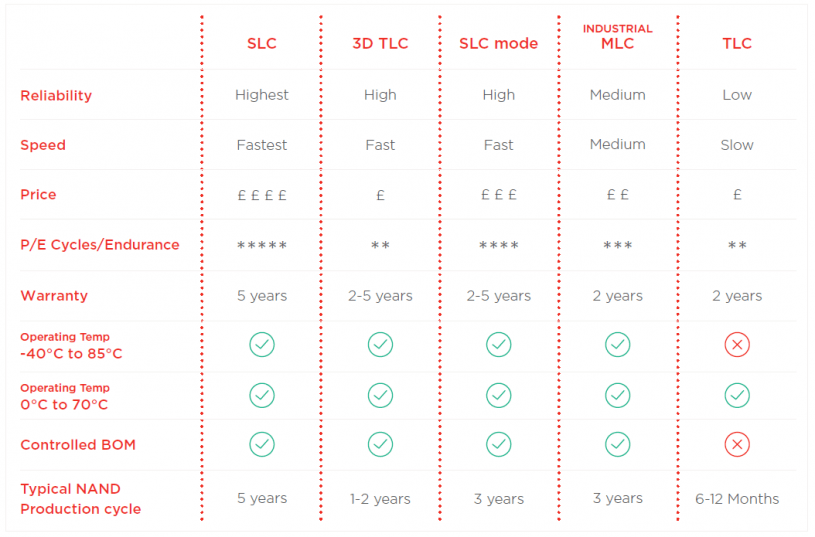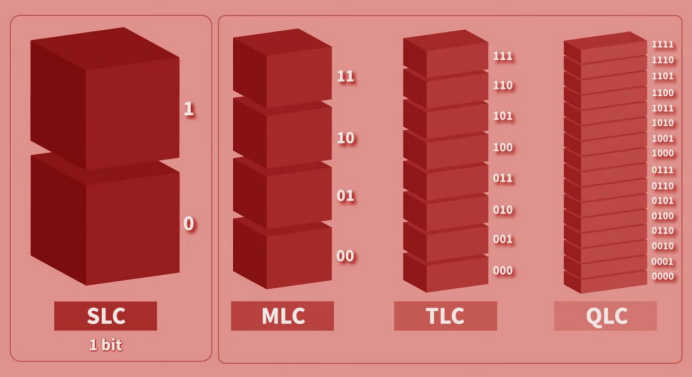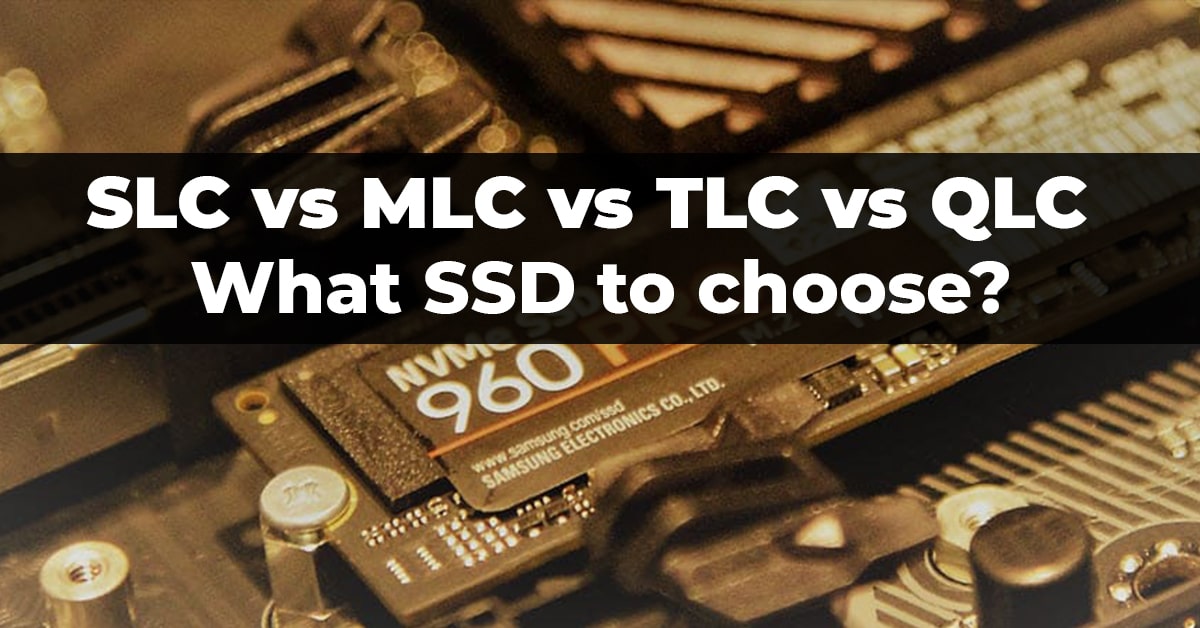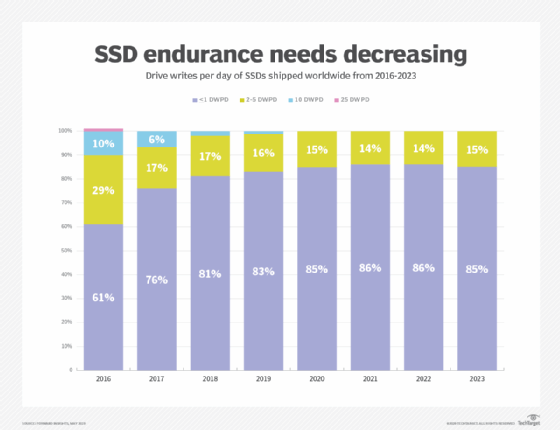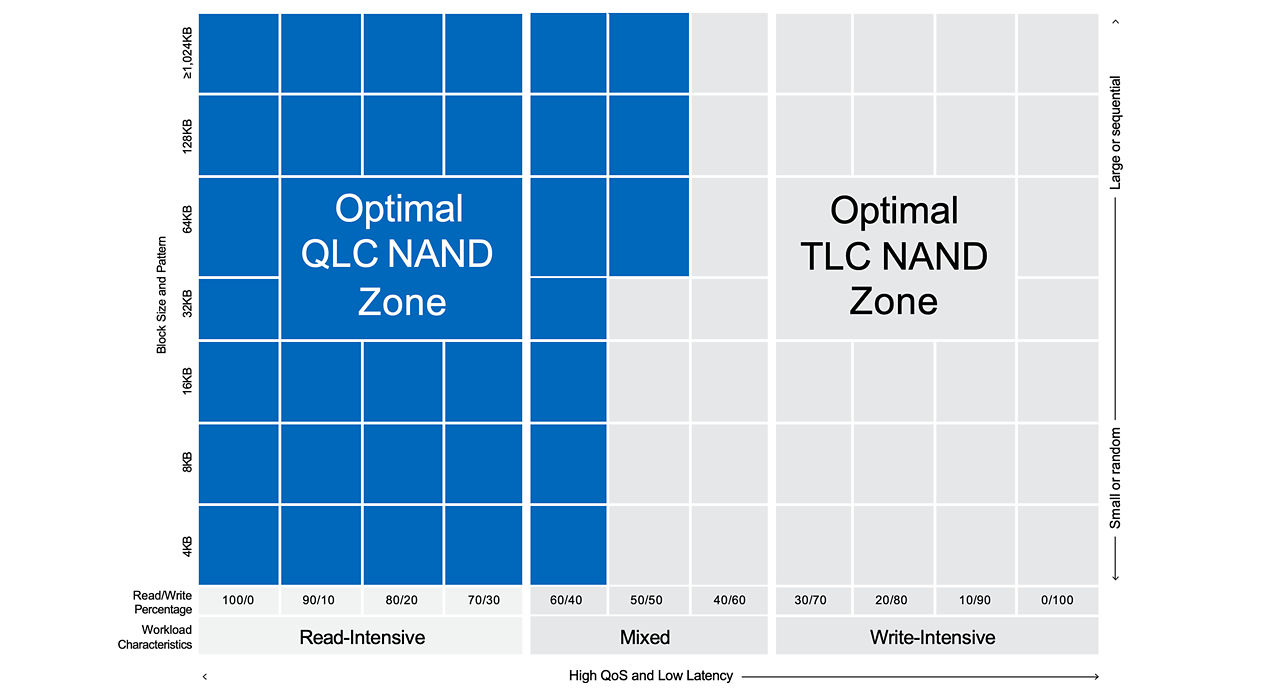Roads & PavementRoads & Pavement
Barefoot
Minimal
Low
Medium
High
Maximal
All around running shoes offer comfort and cushioning for daily runs, jogs, walks, and long mileage. They offer enough versatility for both faster and slower runs and are a great option for those who want one running shoe to do it all.
Fast run or uptempo running shoes are lightweight and responsive. They offer streamlined designs that have minimal uppers and offer a high level of energy return. These shoes are a great option for faster runs in the week or those looking for a livelier experience.
Max Cushion shoes offer premium cushioning with ample ground protection and a stable ride. These types of shoes provide abundant impact protection that softens landings while running at any pace or distance. These types of shoes are best for slower recovery runs and easy days where comfort takes priority.
Racing shoes are designed with optimal performance in mind. These types of shoes have snug-fitting uppers, energetic midsole foams, and features implemented for maximum efficiency. These types of shoes are best for runners looking to gain the ultimate advantage in races but may sacrifice some durability and comfort.
Gym Workout shoes offer a stable and versatile ride. They have a firmer underfoot feeling that provides stability for lateral movements with comfortable uppers. These types of shoes are best for trips to the gyms, cross training, casual wear, and light running. NAND Flash Memory Basics SLC vs. MLC vs. TLC vs. QLC Kingspec
Road running shoes feature smooth outsoles that are designed for running on paved surfaces such as roads, sidewalks, and bike paths.
Designed to handle most trail runs, these shoes prioritize comfort and a smooth ride. These shoes are great for anything from smooth singletrack, park trails, and fireroads making them ideal for those who run from their doorstep on streets before hitting the trail.
These shoes are best used for hard, rugged trails such as shale, granite or sandstone where grip on smooth surfaces and underfoot protection are important.
Designed for use in muddy, soggy conditions, these shoes feature very aggressive outsoles that dig deep into soft ground for exceptional traction.
These shoes feature technical outsoles designed to grip snowy and icy trails making them ideal for winter trail running.
Cushioning level, or stack height, refers to how much shoe is between your foot and the ground. For this category, we reference the amount of cushioning below the forefoot as the heel height will be equal to or greater than the forefoot height.
QLC vs TLC vs MLC vs SLC buying an SSD Tech jack of all trades
0-13mm. The Shoe generally does not have a midsole and feels like there is no cushioning. This shoe is all about feeling the ground underfoot.
14-18mm. The shoe has a thin midsole that allows for a natural running experience. Racing shoes and minimalist shoes are common here. These shoes offer a feeling of being connected to the road or trail.
19-23mm. The shoe has a slightly cushioned feel and may feature added cushioning technologies. Performance training shoes and some trail shoes are common here. These offer protection during footstrike but prioritize a lightweight, grounded experience.
24-28mm. These shoes have a stack height that fall near the middle of the spectrum.The shoes in this category are verstaile and great for all types of runs and distances.
29-34mm. The shoe has a thick midsole and ample cushioning. These shoes are highly protective and absorb more impact than the body.
35mm plus. The shoe has an extremely thick midsole and extra cushioning. The focus is on protection and soft foam underfoot with hardly any ground feel.
Neutral shoes support the foot through a normal range of arch collapse and generally do not have a built-in technology to correct movement.
Stability shoes are a great option for those who overpronate or need added support. These shoes help to limit the inward rolling motion of the ankle while running or walking and assist in guiding the foot straight through the gait cycle. Solid State Drives Knowledge SLC MLC TLC QLC Flash Chips
Product Details:
Will QLC SSD replace TLC SSD What is the role of QLC SSD store, What Is The Difference Between Qlc And Tlc Ssd A Guide store, Electronics Free Full Text Error Correction for TLC and QLC store, How 3D NAND Makes QLC and PLC Feasible The Memory Guy Blog store, Solid State Drives Knowledge SLC MLC TLC QLC Flash Chips store, QLC vs TLC SSDs What s Faster and What Should You Buy store, Ssd Slc Vs Mlc Vs Tlc Vs Qlc Which Is Preferable store, Intel and Micron launch QLC NAND memory to increase storage store, QLC vs TLC What Are the Differences and Which One Is Better store, TLC vs. QLC NAND Pick the best memory technology for your storage store, Western Digital Announce BiCS4 3D NAND 96 Layers TLC QLC Up store, Differences Among SSD NAND Flash Memory QLC SLC MLC TLC Rene.E store, Multi level cell Wikipedia store, Flash Storage What Do SLC MLC TLC and QLC Stand For store, QLC NAND Technology Is Ready for Mainstream Use in the Data Center store, QLC vs. TLC SSDs Which is best for your storage needs TechTarget store, Solid State Drives Knowledge SLC MLC TLC QLC Flash Chips store, QLC vs TLC vs MLC vs SLC buying an SSD Tech jack of all trades store, NAND Flash Memory Basics SLC vs. MLC vs. TLC vs. QLC Kingspec store, Difference Between SLC MLC TLC QLC NAND SSDs Which One is store, X NAND promises QLC memory that works at SLC speeds TechSpot store, QLC vs TLC SSDs What s Faster and What Should You Buy store, QLC TLC XFastest Hong Kong store, QLC Versus TLC NAND Flash Technology in SATA SSDs Legit Reviews store, QLC NAND What can we expect from the technology Architecting IT store, Difference between SLC MLC TLC and 3D NAND in USB flash drives store, QLC vs. TLC SSDs Which is best for your storage needs TechTarget store, QLC NAND FLASH Pros and Cons Integral Memory store, Flash memory cell capacities SLC MLC TLC and QLC . Download store, New NAND Storage Development SLC MLC TLC QLC NAND going store, QLC NAND NAND Flash Micron Technology store, SSDs c t heise magazine store, What Is the Difference Between SLC MLC TLC QLC and iSLC Flash store, Is QLC SSD worth buying store, QLC vs TLC What Are the Differences and Which One Is Better store, QLC NAND Technology Is Ready for Mainstream Use in the Data Center store, TLC is Becoming the Mainstream for SSD in the Consumer Market store, TLC vs. QLC NAND Pick the best memory technology for your storage store, TLC vs. QLC SSDs What are the differences store, BiCS FLASH TLC QLC KIOXIA Asia Pacific English store, QLC vs TLC Who Is Better with Flash Memory Dellwa Co Ltd store, Understanding SSD NAND Chips SLC vs MLC vs TLC vs QLC NAS Compares store, QLC vs. TLC SSDs Which is best for your storage needs TechTarget store, TLC vs. QLC SSDs What are the differences store, Multi level cell Wikipedia store, How QLC and TLC are supercharging your SSDs CORSAIR EXPLORER store, TLC vs. QLC SSDs What are the differences store, Will QLC SSD replace TLC SSD What is the role of QLC SSD store, Flash Storage What Do SLC MLC TLC and QLC Stand For store, Delivering TLC At the Cost of QLC Dell Singapore store, Product Info:
Qlc tlc store.
- Increased inherent stability
- Smooth transitions
- All day comfort
Model Number: SKU#7452080
